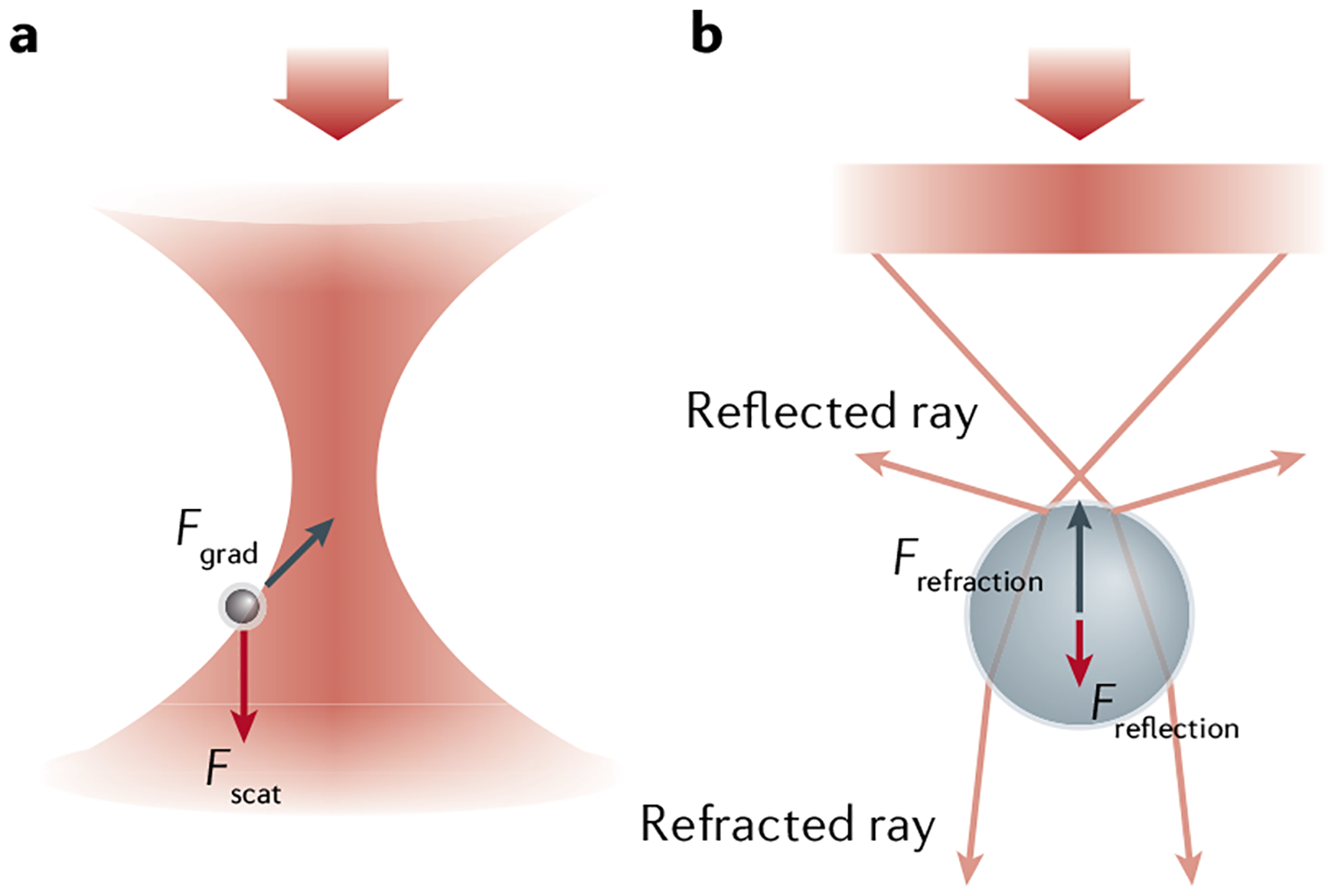Fig. 1 |. Principles of optical tweezers.

Forces acting on a dielectric sphere interacting with light, with the incident light beam focused by a high-numerical aperture (NA) lens. a | A Rayleigh particle smaller than the wavelength of light experiences a scattering force (Fscat, red arrow) that pushes the particle along the direction of propagation of the light and a gradient force (Fgrad, black arrow) that attracts it towards the focus. b | A dielectric sphere larger than the wavelength of light either reflects or refracts light (pink arrows) focused by a high-NA lens. The change in direction of each ray corresponds to a change in momentum of the light and an equal and opposite change in bead momentum. Reflected rays of light lose forward momentum that is gained by the bead, leading to a net force (Freflection, red arrow) pushing the bead along the direction of propagation of the light. Refracted rays are deflected forward because of the high incidence angle of the light, which generates momentum change and reactive force (Frefraction, black arrow) that pulls the bead towards the focus.
